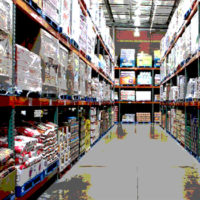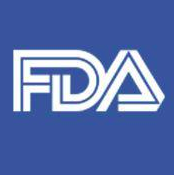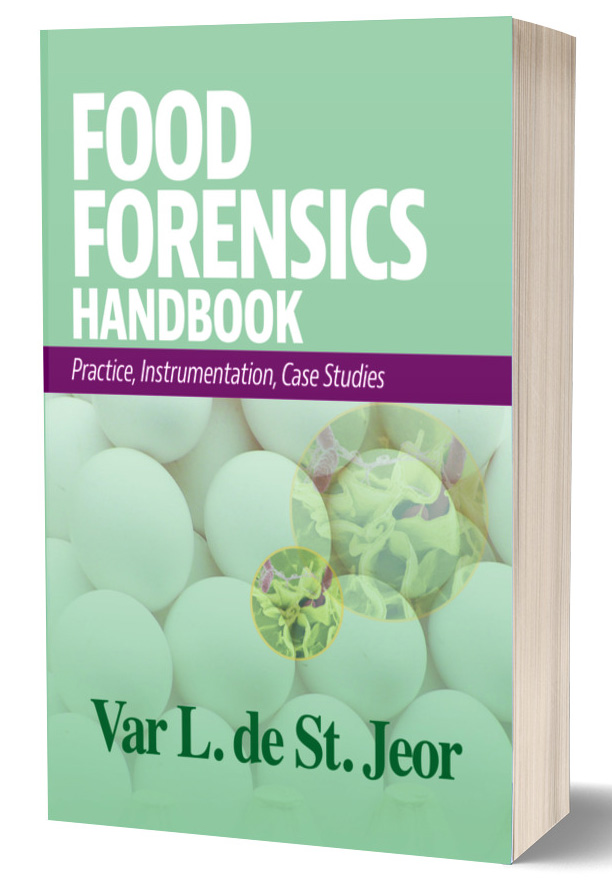The Back Page is our way to make sure you are staying abreast of the latest trends and most up-to-date issues facing our food industry. The last article focused on the Food Safety Modernization Act (FSMA) Sanitary Transportation of Food Rule and the passing compliance date and expectations around proper execution of the rule. The next FSMA compliance date targeted Foreign Supplier Verification Programs (FSVP) in May.
The rule was issued with the goal of ensuring the safety of imported food products. The primary requirements of the rule are that importers verify that food they import into the U.S. is produced in compliance with the Hazard Analysis and Risk-Based Preventive Controls and standards for produce safety provisions of the Federal Food, Drug and Cosmetic Act, is neither adulterated nor misbranded with respect to food allergen labeling. The rule applies to all importers of food for humans and animals.
In a nutshell, if you are the importer and own the product when it crosses into the United States, you are responsible for making sure that the supplier is compliant with the Preventive Controls for Human and Animal Food rules and/or the Produce Safety Rule, depending on the food type.
The purpose of this rule has been defined by the U.S. Food and Drug Administration (FDA) with language that also includes the design of the rule: to be flexible and based on risk, and requirements that vary based on the food type and category of importer. While the rule seems simple, there is much confusion on many levels with regard to its actual implementation and defining “who is the owner of a product” as it comes across our borders. It can be complex, especially if your company uses distributors or third parties to procure product.
What is clear is that the Hazard Analysis process continues to provide the most effective way to implement a risk-based framework that importers can utilize to evaluate potential products and suppliers. Verification activities on the importer’s part are the focus.
There is more information available on FDA’s website about certain categories of food that are not covered under the FSVP regulation. Unfortunately, there is no guidance published to assist the industry in compliance with the final rule. This long-awaited guidance was promised early last fall, but with the election and the new administration, it has yet to be delivered. This has caused the industry to work hard to use their “best guess” with regard to meeting all the requirements. FDA has communicated that the agency will “educate while they regulate,” which we can only hope will be the case.
Even with the confusion, it is possible to establish a plan using the key requirements of the final rule and customizing verification activities. Briefly, importers are responsible for determining hazards that are reasonably likely to cause illness or injury for each food type, evaluating the risk posed by a food using the Hazard Analysis, evaluating a foreign supplier’s performance and conducting appropriate verification activities. The plans must document the frequency of the verification activities, implementation of corrective actions and retention of records of FSVP activities. In all cases, FSVP activities must be conducted by a “qualified individual,” who is defined by the FSVP rule as a person with the education, training or experience necessary to perform the activities required by this regulation.
For companies that directly import products, verification activities will provide opportunities to better understand procurement. For retailers, there are many ways to get product on the shelf and offer customers products year-round. For example, fresh produce can be made available all year by creatively procuring and importing products from all over the globe.
Many quality assurance entities have found that the FSVP requirements have dictated a more robust communication network between different areas of the business. Cross-functional knowledge of the buying processes as well as a more comprehensive understanding of the supplier base can only assist in the continuous improvement of food safety across the supply chain. Foreign-sourced product is the focus; however, the internal process of understanding how products are sourced provides a foundation for increased mitigation of risk.
It will be interesting to see the best practices that come out of the supply chain, as efforts continue to implement programs that meet the new requirements. With the amount of confusion that this rule has caused, companies can only do what they know is right and build their verification activities accordingly.
Next Up: Foreign Supplier Verification







